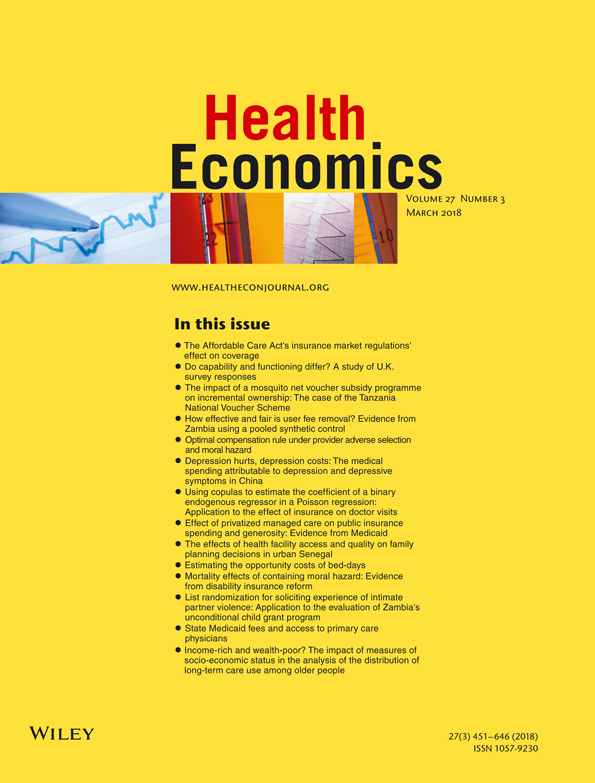Should I stay or should I go? Hospital emergency department waiting times and demand
Abstract
In the absence of the price mechanism, hospital emergency departments rely on waiting times, alongside prioritisation mechanisms, to restrain demand and clear the market. This paper estimates by how much the number of treatments demanded is reduced by a higher waiting time. I use variation in waiting times for low-urgency patients caused by rare and resource-intensive high-urgency patients to estimate the relationship. I find that when waiting times are higher, more low-urgency patients are deterred from treatment and leave the hospital during the waiting period without being treated. The waiting time elasticity of demand for low-urgency patients is approximately −0.25 and is highest for the lowest-urgency patients.




